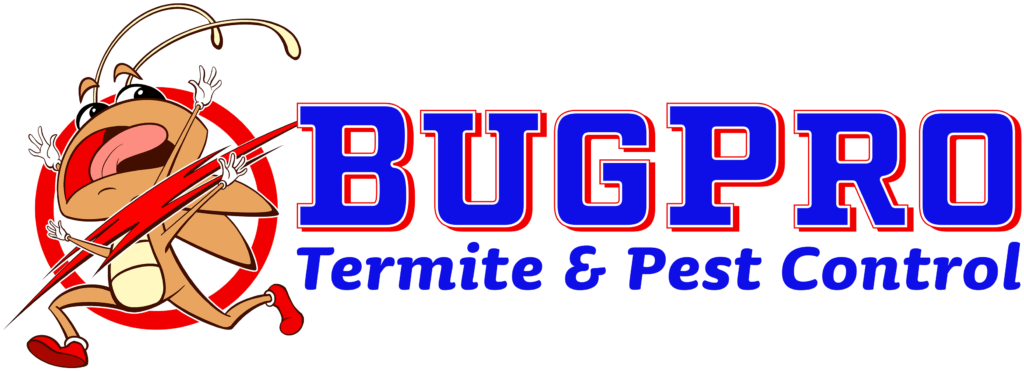
Structural fumigation is a powerful and effective method for eradicating German cockroach infestations, especially when conventional treatments fail to deliver lasting results. German roaches are among the most resilient and prolific pests, capable of rapidly reproducing and developing resistance to many common insecticides. Using Vikane gas for fumigation offers one of the most thorough and reliable solutions to eliminate these pests from an entire structure.
German cockroaches thrive in indoor environments, particularly in kitchens, bathrooms, and other areas where food and moisture are readily available. Their small size and ability to hide in cracks, crevices, and behind appliances make them extremely difficult to reach with surface sprays or baits alone. Additionally, their rapid reproductive cycle means that even a small surviving population can quickly rebound.
Traditional pest control methods often require repeated treatments and may not fully penetrate all hiding places, allowing some roaches to survive and repopulate. This is where structural fumigation with Vikane gas becomes a game-changer.
Structural fumigation involves sealing a building and introducing a fumigant gas that penetrates every nook and cranny, reaching pests wherever they hide. Vikane gas, also known as sulfuryl fluoride, is a colorless, odorless fumigant widely used for controlling a variety of pests, including German cockroaches.
Vikane works by disrupting the nervous system of insects, effectively killing all life stages—eggs, nymphs, and adults—within the treated area. Because it is a gas, Vikane penetrates deep into wall voids, furniture, appliances, and other inaccessible areas where cockroaches often reside.
For severe or persistent German cockroach infestations, structural fumigation with Vikane gas offers the most comprehensive and reliable solution. It eliminates roaches from every corner of a building, including those unreachable by other methods, and stops infestations at their source by destroying eggs and young roaches.